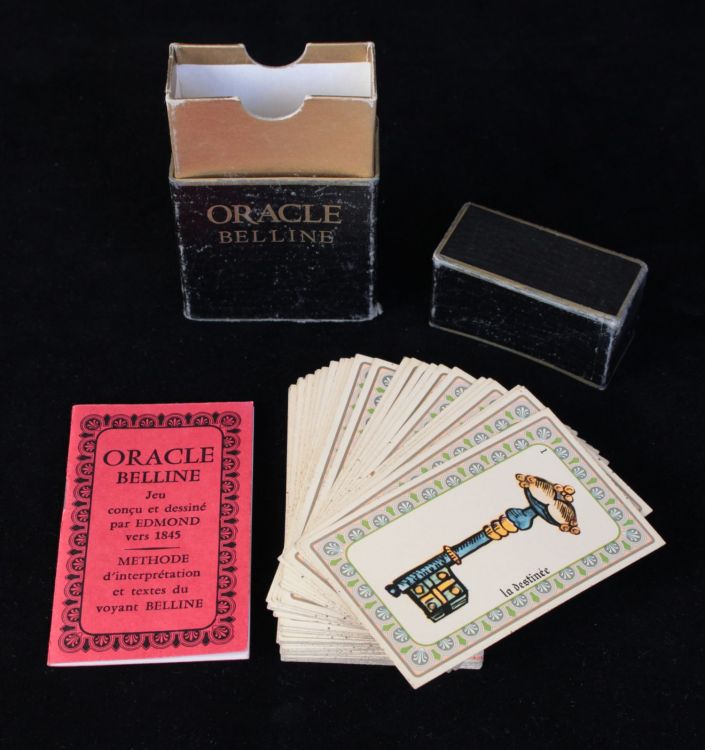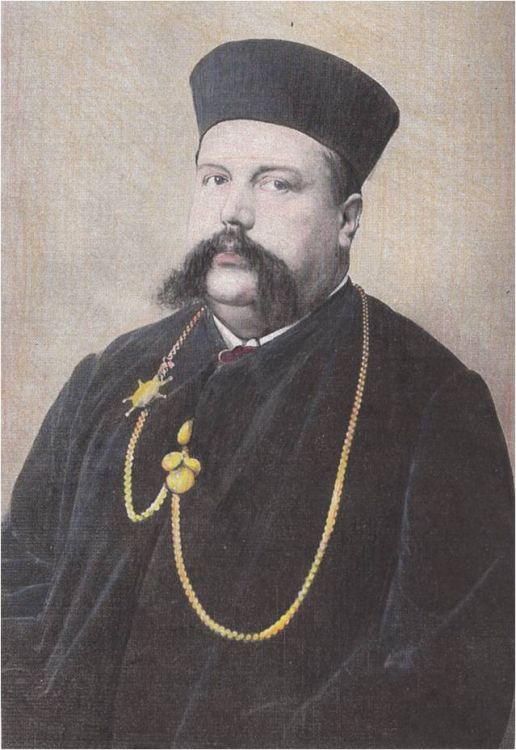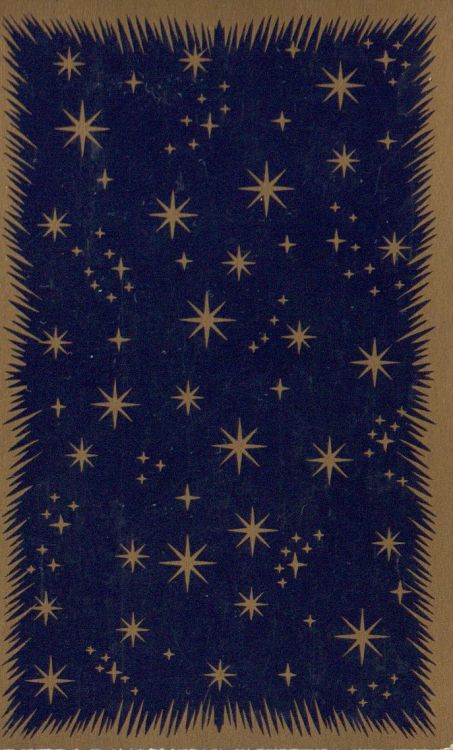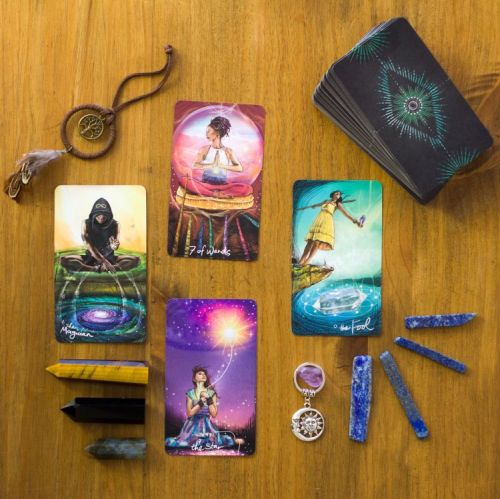The Belline oracle is presented with a rather old-fashioned design. Even the current version distributed by the publisher Grimaud does not change compared to the 1961 version (edition of this magazine). Some will like this rather vintage look and others will hate it, and will prefer either more modern versions of the same oracle like the one by Gabriel Sanchez.
Despite the above-mentioned inconsistencies in the organization of the cards, the oracle remains truly operational. But let there be no mistake, if it is perfectly adapted to pure divination, prediction, or even to the training of clairvoyant abilities. In my opinion, it is in no way adapted to a psychological approach of the divinatory art. Indeed, the arrangement of the cards according to the astrological planets makes only moderate sense. Edmond ordered his game in a primary way and he polarized it deeply. This conception took away all nuance and finesse that the game could have had thanks to the planetary and astrological approach. An approach that for the blow is more of an esoteric facade than an honest and deep understanding of the creator. But here again, my remarks are set in the present era where psychoanalysis, modern psychology, personal development, psychological tarot have become widely democratized. All these advances did not exist at the time of the magus Edmond. Also we can say that although Belline's oracle has aged, it was avant-garde for the time. Perhaps it is still so ?
The divinatory practice of the Belline oracle can be carried out without reference to the astrological planets. I believe that this is how many use it, relying mainly on the title and illustration of the cards. The reader interested in prediction and clairvoyance will no doubt find a serious, operational, and surprisingly up-to-date tool in the Belline oracle.
The psychological tarot practitioner, having a coaching or personal development approach may not be satisfied with such a tool, compared to the richness and density of a tarot deck. However, any assiduous student of fortune-telling must try all the founding card games. Belline's oracle is clearly one of his few decks.
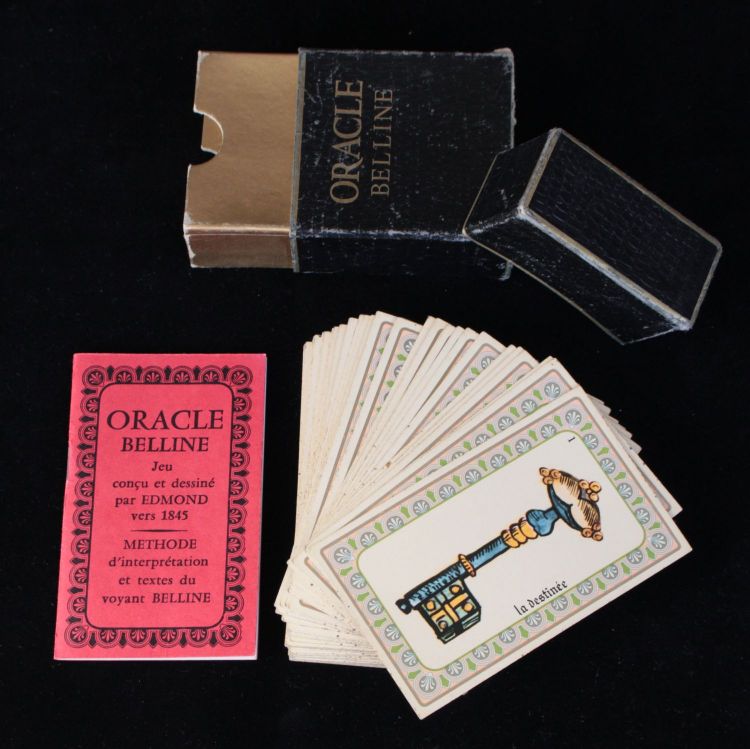
 Please note that this review is based on material and product in French. Depending on the edition you buy, the material could be identical, but also different on the packaging, the guidebook, the booklet, or the card stock . I'm sorry I can't systematically buy tarot cards and books in all editions (I don't receive gifts from publishers)! 😅
Please note that this review is based on material and product in French. Depending on the edition you buy, the material could be identical, but also different on the packaging, the guidebook, the booklet, or the card stock . I'm sorry I can't systematically buy tarot cards and books in all editions (I don't receive gifts from publishers)! 😅 